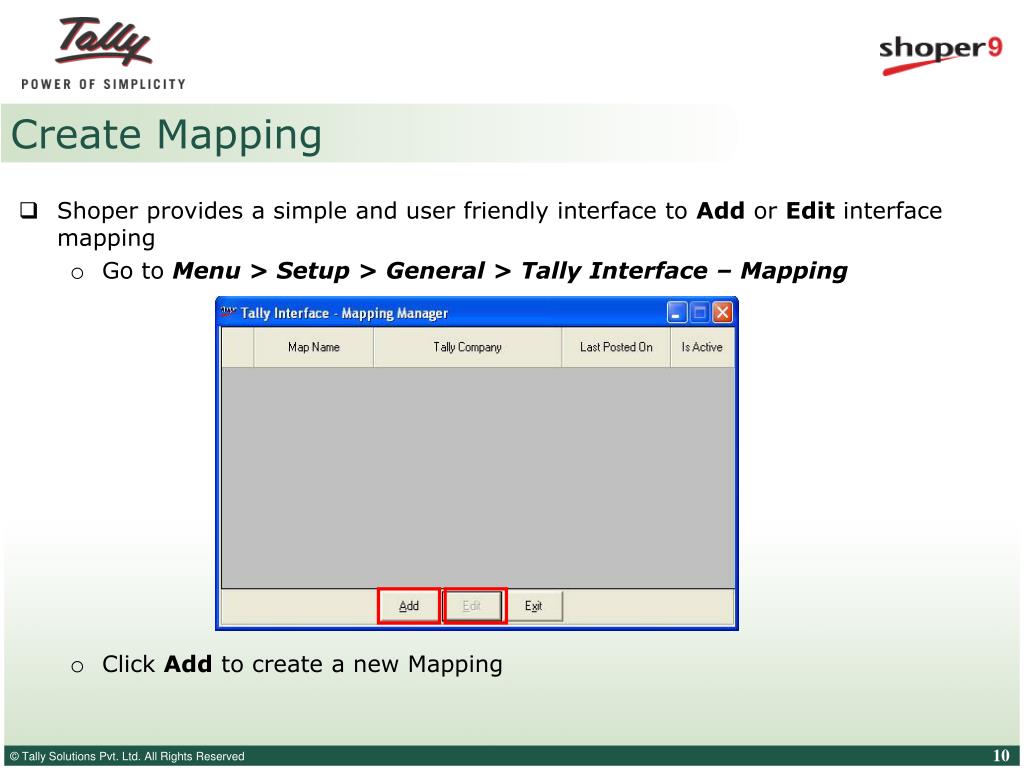

Ctrl-H (edit-headline)īegins editing the headline of the selected node. Outline commands ¶ Ctrl-I or Insert (insert-node) More effective than hitting Alt-Tab twice. You may open multiple Leo outlines in different tabs within the same main window.

Toggles focus between the outline and body panes. Puts focus in the outline pane, regardless of focus.
Disable f11 scite how to#
Here’s how to switch focus without using the mouse: Alt-0 (vr-toggle) Leo will reload the last session provided that command-line arguments don’t contain any file names. leo files that Leo opens automatically when Leo first starts. Leo will prompt you to save any unsaved outlines.Ī session specifies a list of. Here are Leo’s basic file commands: Ctrl-N (new)Ĭreates a new outline in a new tab. Most important commands ¶ File operations & sessions ¶ You may want to bind this command to Ctrl-O instead of the default open-outline command. As a result, this command can be very fast. This command completes the name of files and directories as in command completion. The output of the print-commands command appears in the commands tab, and focus returns to the body pane. Now just type c You will see the print-commands command in the minibuffer.įinally, executes the print-commands command.

The Completion tab in the log pane shows all the commands that start with print. This is the longest common prefix of all the command names that start with pri. You might remember only that there are several related commands and that they all start with “print”. With tab completion, there is no need to remember the exact names of Leo’s commands.įor example, suppose you want to print out the list of Leo’s commands. Instead, you can avoid most typing using tab completion.
Disable f11 scite full#
You could type the full command name in the minibuffer, followed by the key to invoke the command, but that would be way too much work.
Disable f11 scite free#
Feel free to ignore commands that you don’t use. Very Important: Leo has hundreds of commands, but because of tab completion you do not have to remember, or even know about any of them. When in the minibuffer, the following keys are treated in special ways: Įxits the minibuffer and puts focus in the body pane. Repeats the last command entered by name in the minibuffer. Here are the commands that pertain to executing commands: Alt-X (full-command)Įxecutes any other command by typing its full name. leo files open - open files or url 's print - print commands rectangle - rectangle commands sort - sort commands toggle - toggle settings commands The following prefixes help find commands by name:Ĭlone - find clone - find commands file - file commands find - find commands isearch - incremental search commands leo - open. For example, Ctrl-S (save-file) saves a Leo file. In this document, keystrokes that invoke a command will be followed by the command name in parentheses. You use the minibuffer to execute commands by name, and also to accumulate arguments to commands.Įvery Leo command has a command name. Leo’s minibuffer appears at the bottom of Leo’s main window. Adding and deleting comments in body text


 0 kommentar(er)
0 kommentar(er)
